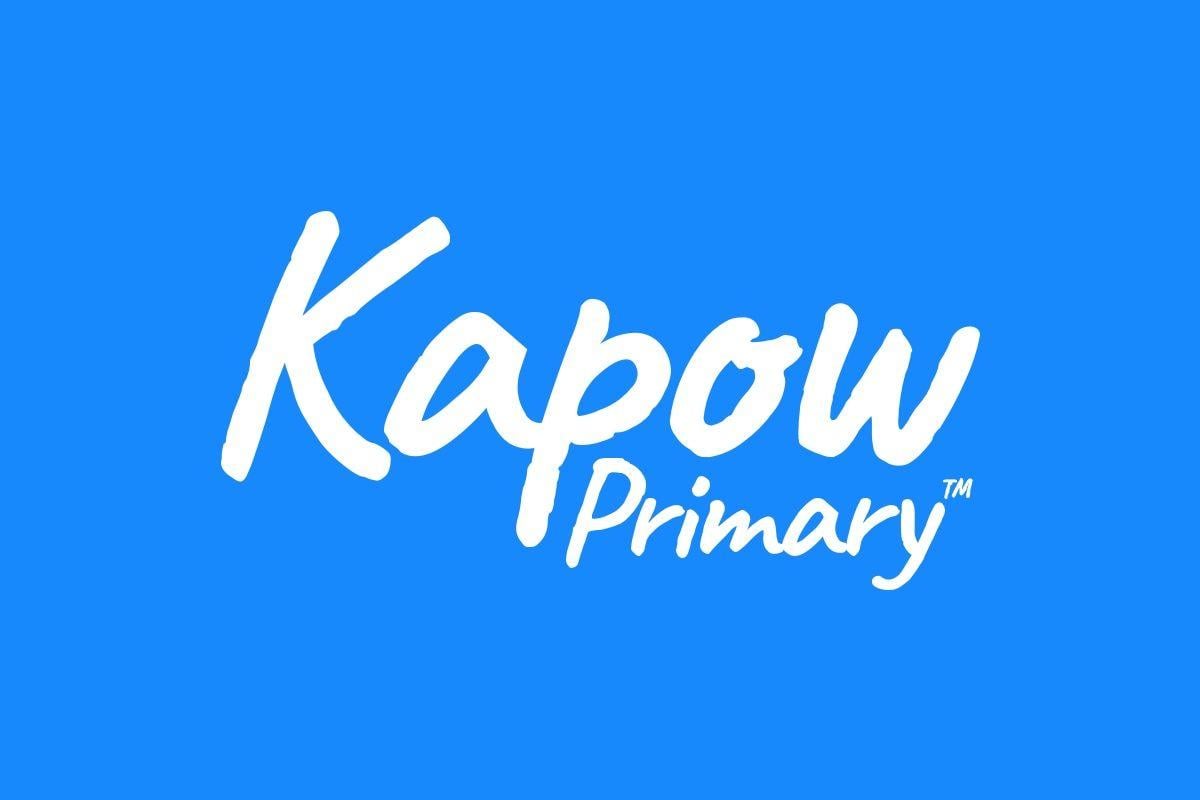Learning objective
- To read and calculate numbers using binary code.
Success criteria
- I can identify binary as the most basic
This content is for subscribers only. Join for access today.
National curriculum
Computing
Pupils should be taught to:
- Understand
This content is for subscribers only. Join for access today.
Cross-curricular links
Mathematics
Number – number and place
This content is for subscribers only. Join for access today.
Before the lesson
This content is for subscribers only. Join for access today.
Lesson plan
Recap and recall
Display the Presentation: Brain dump and hand out whiteboards and pens (one each).
This content is for subscribers only. Join for access today.
Extended-mode explainer videos
How to extend your display to view the lesson page and preseantion mode simultaneously. Choose your operating system below to watch the video
If you need further support with extending your display,
please contact [email protected].
Extended-mode explainer video: For Mac
Extended-mode explainer video: For Windows
Adaptive teaching
Pupils needing extra support
Should use the Activity: Binary bars as support while working out the numbers. Could use cubes/counters to support addition if needed.
Pupils working at greater depth
Should work out the highest possible number that can be reached with 8-bit binary if all the boxes were on (255). Should be able to complete multiple levels of ‘Penjee – Binary Blitz’ independently.
This content is for subscribers only. Join for access today.
Assessing progress and understanding
Pupils with secure understanding indicated by: reading and calculating binary
This content is for subscribers only. Join for access today.
Vocabulary definitions
-
8-bit binary
A system of sending up to 255 different signals, with only eight different on or offs.
-
binary code
A code used in computers, based around the binary values of zero and one.
This content is for subscribers only. Join for access today.

